I agree Phil, wood and metal are very different materials to cut, and very different in how they react to temperature change.Just a quick thought - when milling wood, even very hard wood, cutting to .005" is overkill. Why? Because all wood moves. It tries to equalize with the ambient humidity. It swells and it shrinks. Milling metal and mill wood are not typically to the same tolerances.
Also keep in mind, even though wood has a higher coefficient of thermal expansion than metal, if using the same wood species, then it should move the same amount. This is something to be mindful of when choosing the type of joint you use between two pieces, and especially if they are dissimilar species. But when working on small models, these changes are very minimal relative to the actual ships.
ps - the coefficient of expansion in wood is per inch of material per degree F, this is why tiny models pieces are less likely to be effected enough to cause problems.
Last edited:







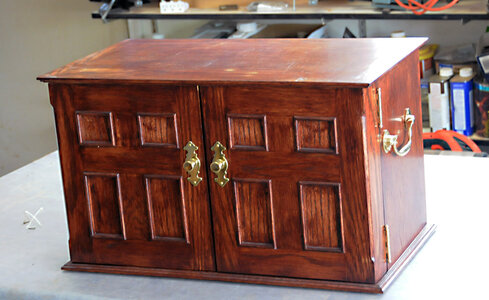
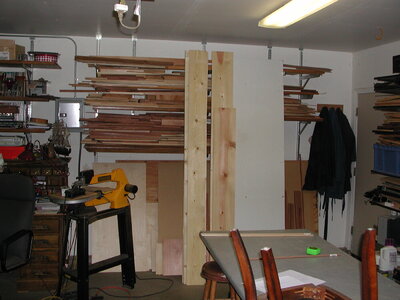
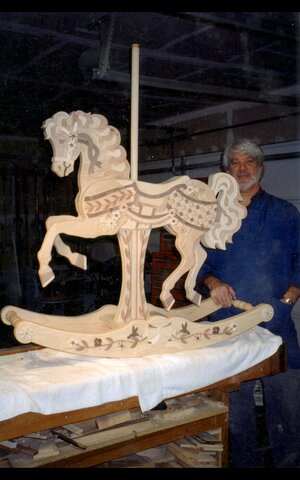
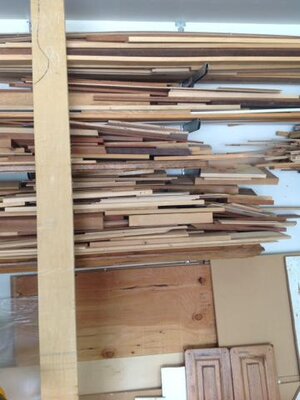
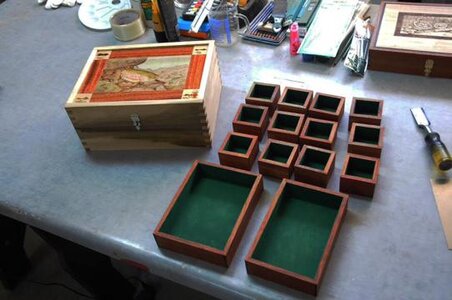
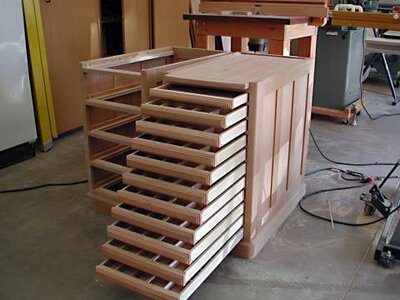
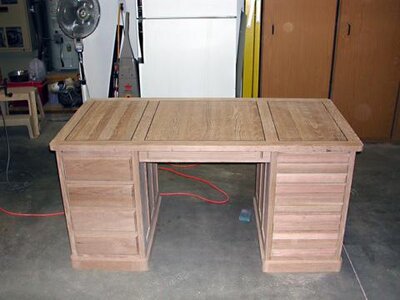
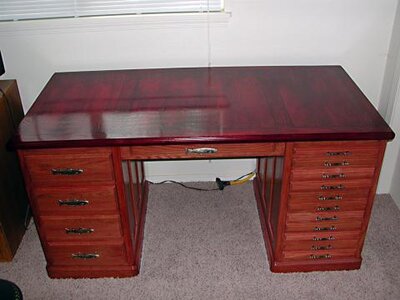
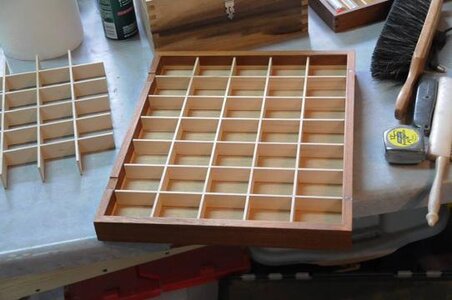
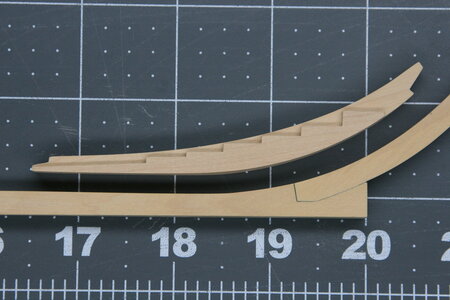
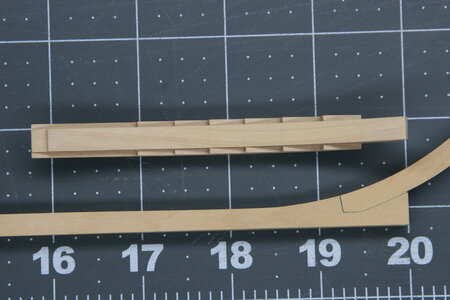
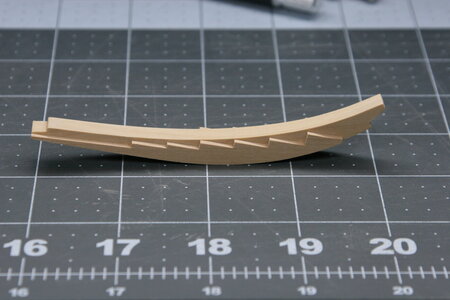


 . I cannot see where in any way these pieces are not shaped perfectly. You do incredible work.
. I cannot see where in any way these pieces are not shaped perfectly. You do incredible work.